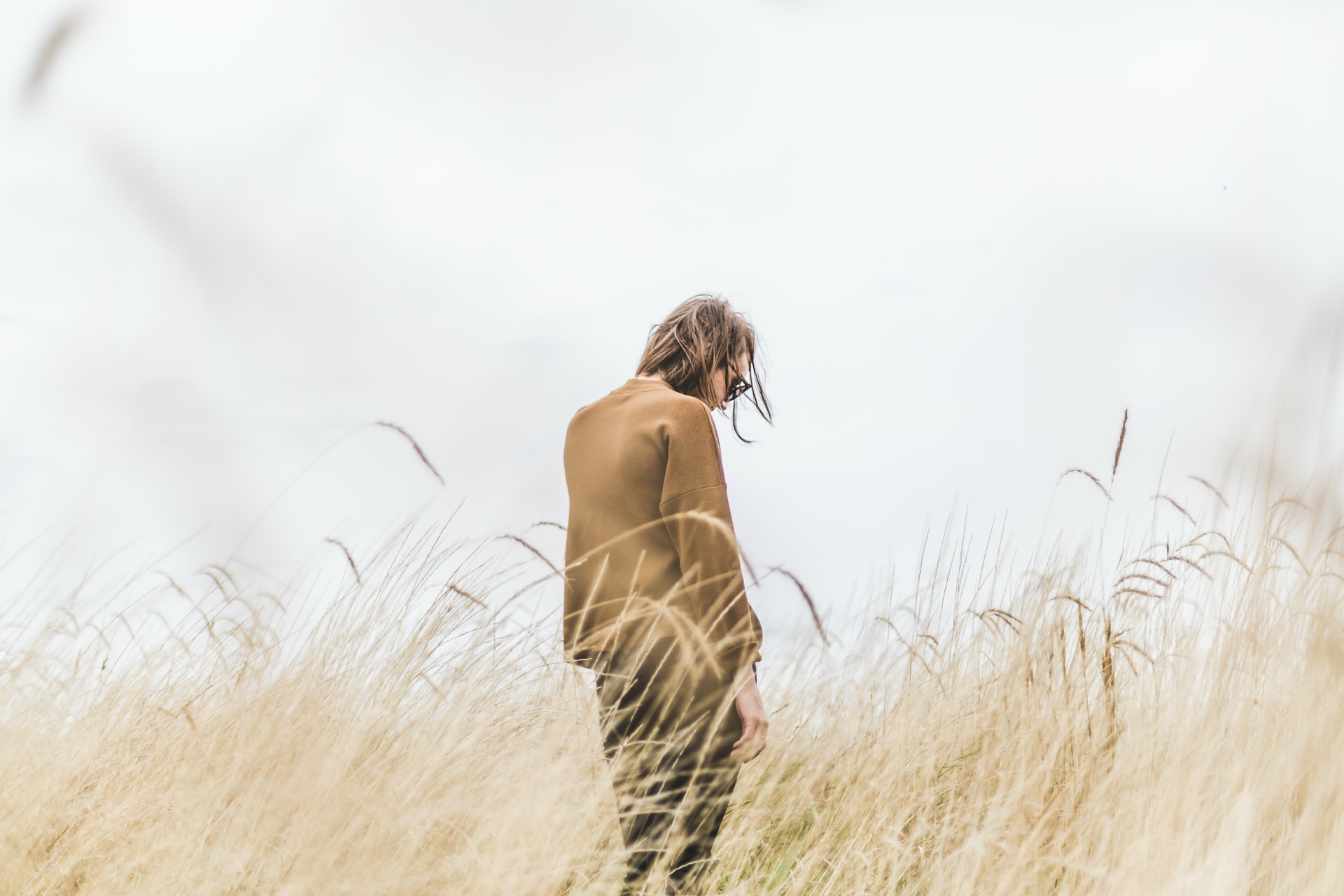HTML Elements
Use the HTML Element to inject custom markup into the page. From the Element pane, you can manage custom HTML, CSS, and JavaScript and edit within the handy code dialog.
Learn more >
Symbols
Set common page items as a Symbol on the Content pane to keep items in sync across your project. This is helpful for your nav menus and page footers so changes are applied globally.
Learn more >
Components
Browse the Components Library to access a growing collection of premade, customizable website features and page regions to insert into your web pages.
Learn more >
Manage your project
Add new pages to your project from the Page Manager from the Pages toolbar icon. Here you can configure page SEO details, adjust page names, or change the page order.
Learn more >

